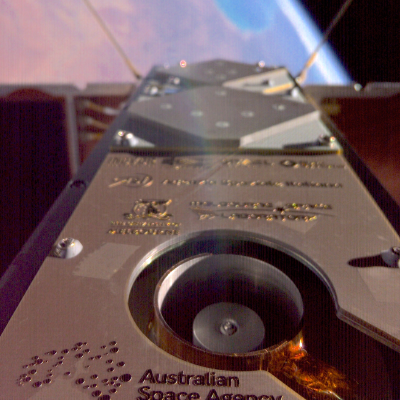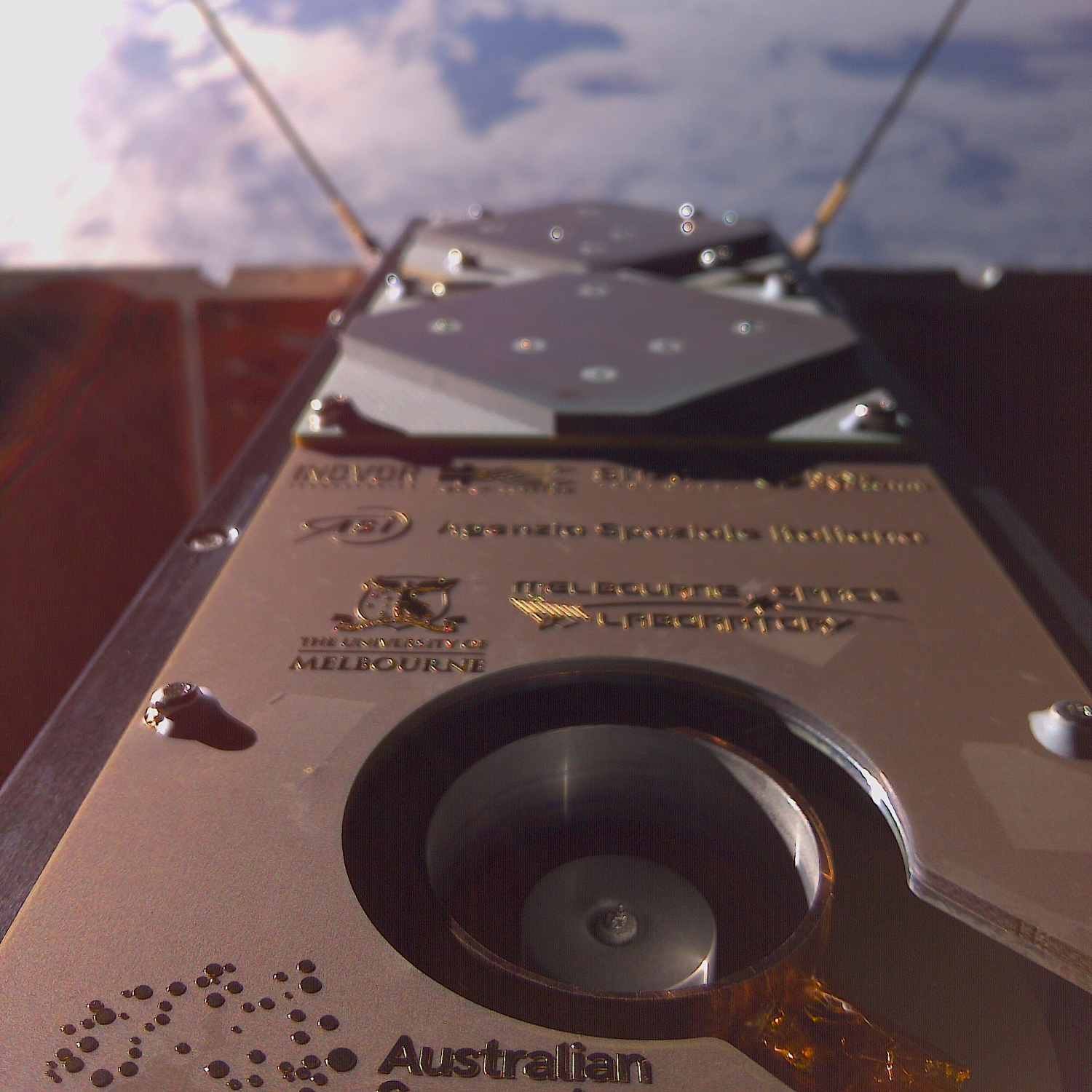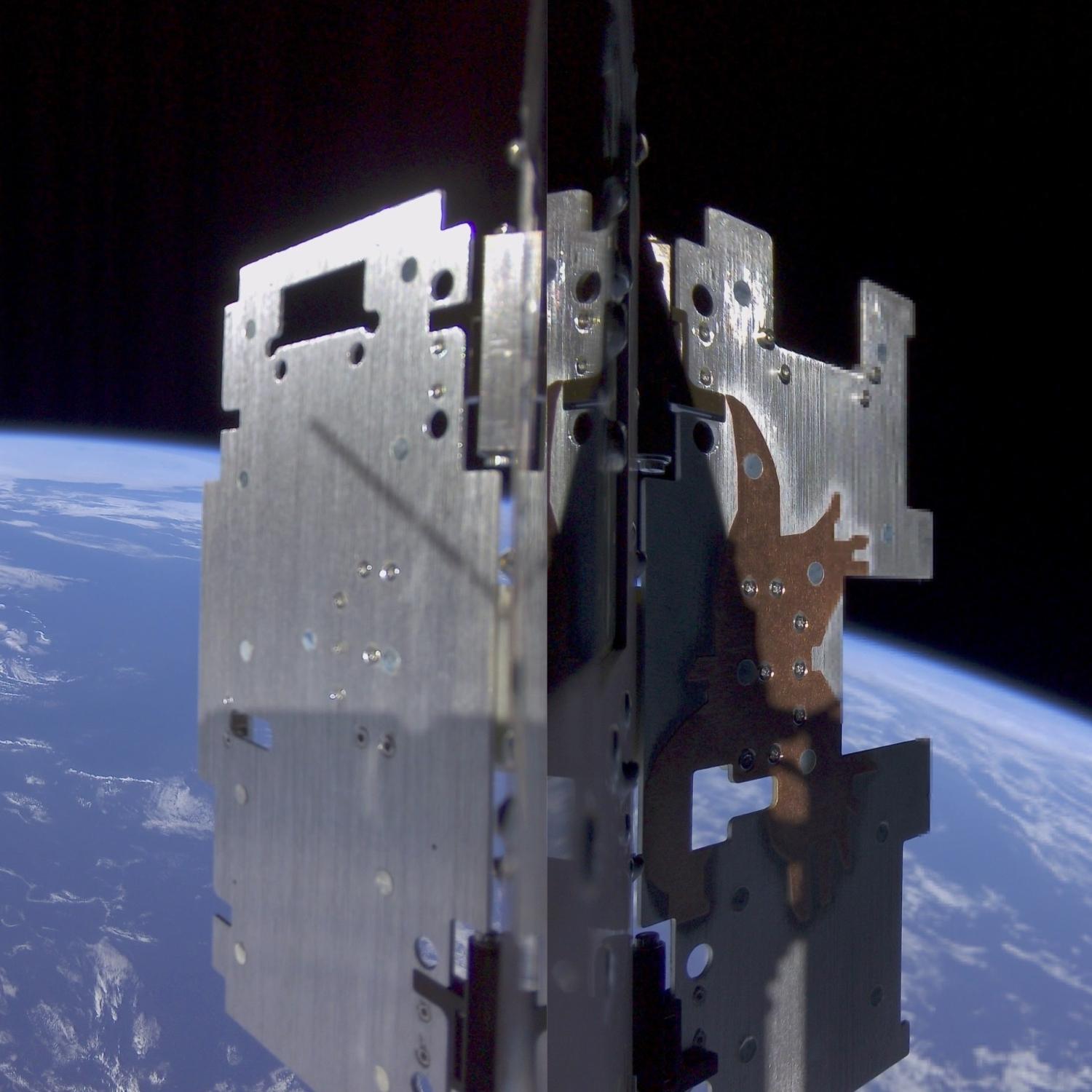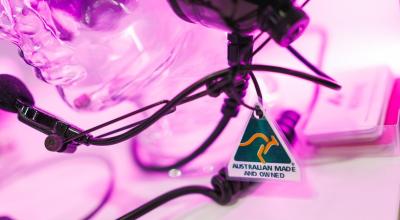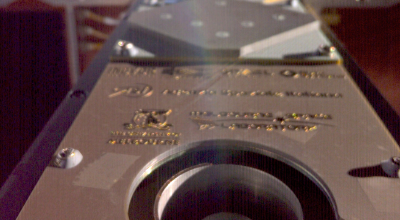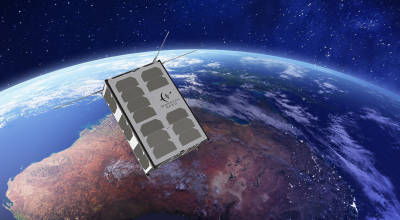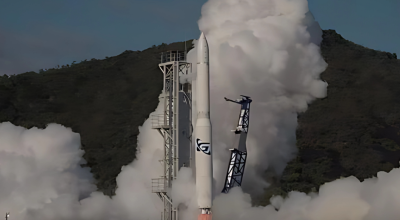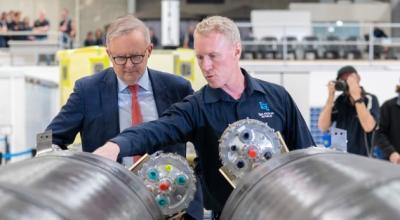SpIRIT, the Australian Space Agency funded nanosatellite, celebrated its latest mission milestone in style.
The collaborative industry spacecraft has completed the commissioning stage of its operations and taken 'out-of-this-world selfies' to mark the moment.
SpIRIT — the Space Industry Responsive Intelligent Thermal satellite — is a ground-breaking spacecraft that was designed and built in Australia and showcases a suite of homegrown novel technologies.
The cutting-edge technology has been supported by Australian Space Agency with almost $7 million in grants, including being backed by the Agency's Moon to Mars Demonstrator Mission Grants program.
The nanosatellite was developed by a consortium led by the University of Melbourne and the Italian Space Agency.
Since its launch in December 2023, SpIRIT has circled the Earth more than 9,000 times – travelling a distance comparable to a round trip between Earth and Mars – and has been in orbit for over 600 days.
Expected to remain in orbit for more than 1,000 days in total, SpIRIT’s core mission will now transition from testing flight capabilities and Australian space technologies to scientific observation.
Scaling new heights
Principal Investigator, University of Melbourne Professor Michele Trenti, said SpIRIT’s successful commissioning period is a true milestone for Australian technological advancements and space capabilities.
“Now that SpIRIT has completed rigorous testing in space, we are confident it’s ready to commence the next phase of its mission, which is truly exciting,” Professor Trenti said.
Over 500km above Earth, the spacecraft's solar panels and thermal radiators have been instrumental to the mission. The panels are powering scientific instruments; cameras, including a selfie stick; guidance systems; communication antennae; onboard computers with artificial intelligence capabilities; and an electric propulsion system.
Head of the Australian Space Agency Enrico Palermo welcomed the milestone and transition to the next phase of the mission.
“The SpIRIT mission has demonstrated the capability that exists within the Australian space sector – from building the satellite and testing new technologies in orbit and on ground, to hosting international science payloads and successfully completing its initial phase,” Mr Palermo said.
“I commend the team, and our colleagues at the Italian Space Agency, on their persistent long-duration operations in space. SpIRIT is a great example of the mutual benefit that comes from collaborating in space.”
Members of the Australian space sector that are part of this historic project include, Inovor Technologies, Neumann Space, SITAEL Australia and Nova Systems.
Alongside the local technologies, SpIRIT is also the first Australian satellite to carry a foreign agency payload – the Italian Space Agency’s HERMES (High Energy Rapid Modular Ensemble of Satellites – Scientific Pathfinder).
SpIRIT will now scan for large areas of space using HERMES – an advanced X-ray detector that can localise high-energy gamma ray bursts in space. These are significant explosions that can occur when stars collide or die and become black holes.
“The result confirms the excellence of Italian space science, capable of producing technologically advanced equipment, and at the same time reaffirms the strong strategic value of scientific collaboration between the Italian Space Agency and its Australian counterpart,” said Teodoro Valente, President of the Italian Space Agency.
Selfies from space
All images are courtesy the University of Melbourne. Click on the images below to read their descriptions.
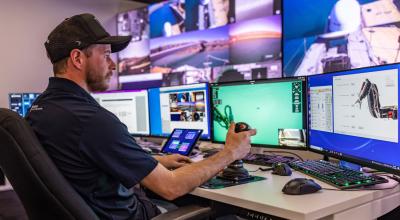
Industry showcase
Australian space innovations making an impact.

